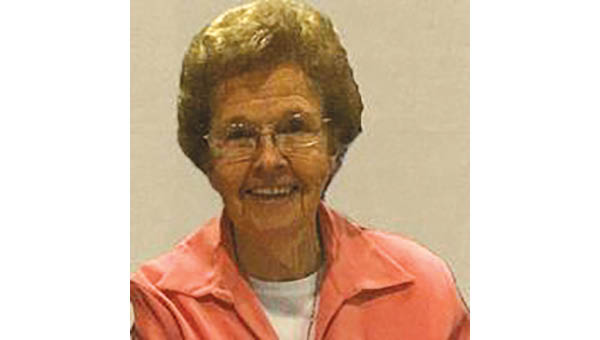Many families, individuals worry about not having enough food
Published 11:09 am Tuesday, November 28, 2023
|
Getting your Trinity Audio player ready...
|
First Baptist Church of Elizabehton is into food big time. On Thanksgiving Day they provided meals for over 1,500 persons, many of whom ate in the church dining room. Not all of these were food insecure, but many were alone, elderly, and some were people who had to work that day.
One day a month, the church distributes food boxes from its parking lot. Cars are lined up around and around the parking lot to receive the boxes, and this goes on for a couple of hours.
There are other distribution centers in the area on a monthly basis – the VFW, Valley Forge Free Will Baptist Church, First United Methodist Church, to name a few. Food is also given out daily at ARM, Hale Community Ministries, and various other ministries in the area.
Having three square meals a day is something most of us likely don’t have to think twice about. It’s a given.
But for many across this county, state, and country, it’s far from a guarantee.
More than 20% of American adults were food insecure last year as the combination of high inflation and the end of pandemic benefits put a greater strain on household budgets.
Food insecurity means a person is often unable to find enough food for a nutritious diet, which leads to cutting back or even skipping meals.
Inflation was at a four-decade high in 2022, with grocery costs going up 20% in two years while rents increased more than 10%. Additionally, more than 40 million people were receiving food stamp benefits as of last December, about 15% higher than prior to the pandemic.
Food insecurity may get worse due to cuts to programs such as food stamps, as more than 30 states cut benefits in March due to the expiration of pandemic funding to the Supplemental Nutrition Assistance Program (SNAP).
Most concerning of all is how many children are affected by not having enough food.
More than 13 million children faced food insecurity in the U.S. in 2022. That’s about 1 in 5 kids who are at risk for hunger. Kids who don’t get enough to eat face serious disadvantages, from being more likely to be hospitalized, to facing higher risk of health conditions like asthma, to developing social and behavioral problems later in life.
Fortunately, many programs and organizations are working to combat hunger in America.
The National School Lunch Program, the School Breakfast Program and the Summer Food Service Program all provide resources to kids across the country at their schools.
Whether it’s learning more about these school food programs or making a donation to your local food bank, there’s no shortage of options for contributing to the fight against food insecurity.
What’s most important of all, though, is recognizing the severity of the problem and not allowing ourselves to take something as simple as a warm meal for granted.
Be thankful when you sit down at the table for your next meal, and be thankful for these churches and groups, who provide food to those in need.





